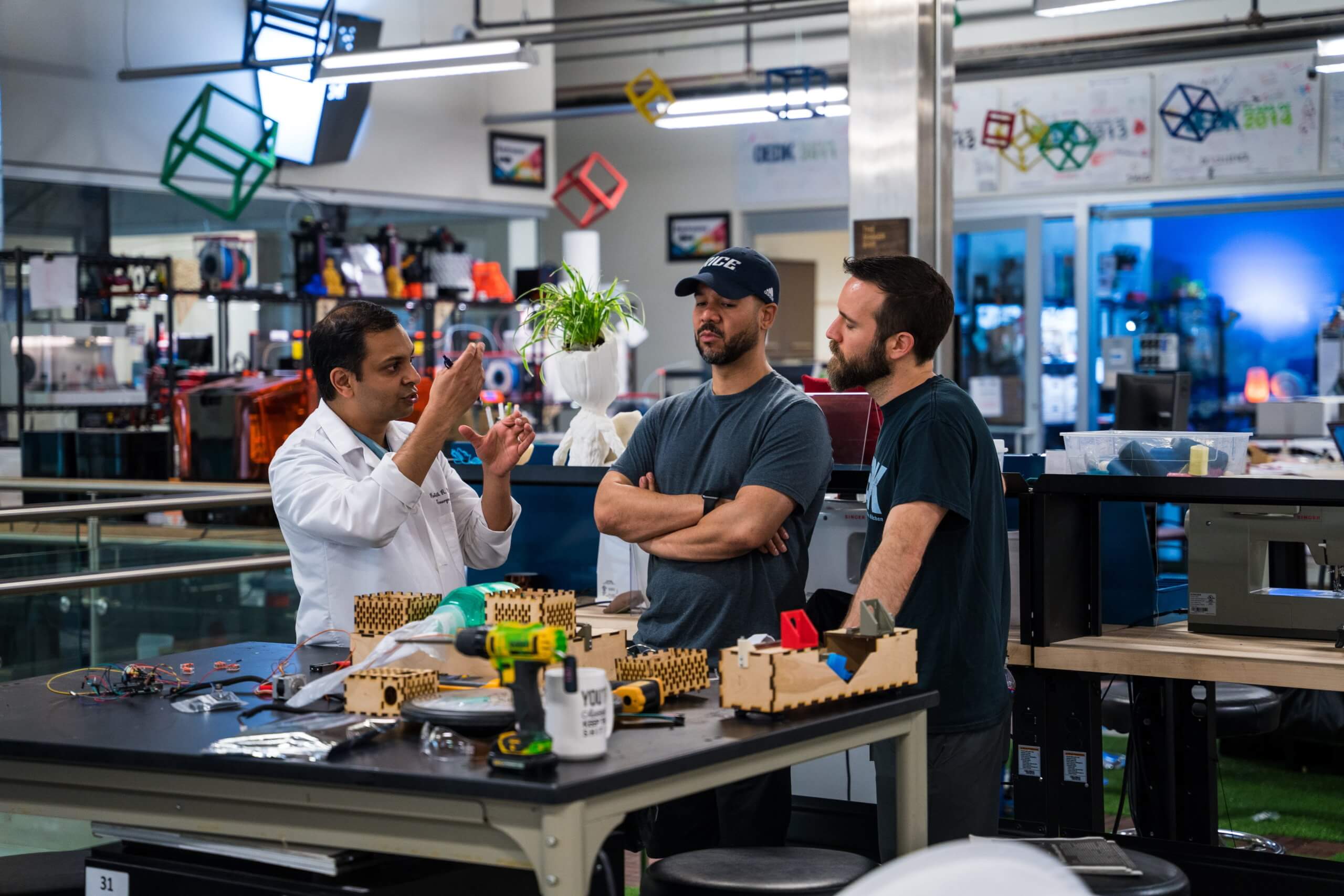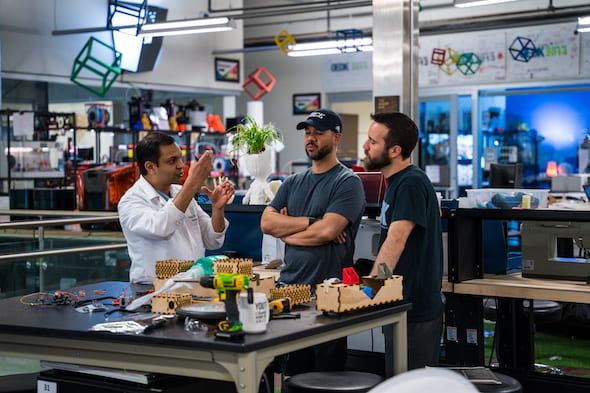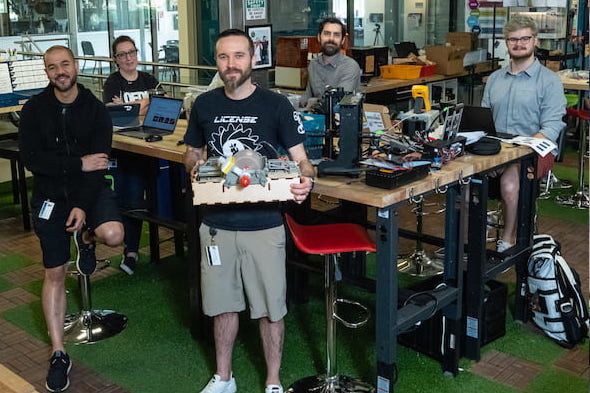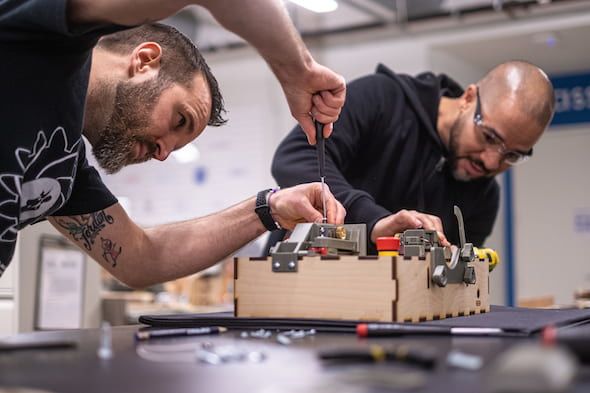In the wake of COVID-19, Rice University develops a portable ventilator costing less than $300
Rice University has released plans to the public, allowing anyone to develop a ventilation unit to help treat COVID-19 patients.

In the wake of COVID-19, Rice University develops a portable ventilator costing less than $300
Rice University has released plans to the public, allowing anyone to develop a ventilation unit to help treat COVID-19 patients.

Rice University and Canadian global health design firm Metric Technologies have developed a portable, automated bag valve mask (BVM) ventilation unit to help patients in treatment for COVID-19. Designed for affordability and utilizing off-the-shelf components, ApolloBVM can be built for less than $300 and can squeeze a common bag valve mask for hours on end. The plans for the portable ventilator are freely available online and can be accessed by anyone in the world, including developing nations where such equipment is not widely available.
With the continued spread of the novel coronavirus and a shortage of ventilators not only in the United States but around the world, ApolloBVM could help COVID-19 patients who are less-critically ill while they await availability of a standard hospital ventilator. In lab tests that utilized an artificial lung, the latest prototype delivered nonstop air for 24 hours, until the device was turned off.
"The immediate goal is a device that works well enough to keep noncritical COVID-19 patients stable and frees up larger ventilators for more critical patients"
The project was first developed by students as a senior design project in 2019, and Rice administrators, staff and students gathered to see how quickly they could develop a more robust prototype built primarily of 3D-printed and laser-cut parts. Their solution, refined and prototyped within a week, is a reconfiguration of the original plans and designed to be not only medical grade, but also inexpensive enough to be considered disposable.
“This is going to make a difference in hospitals that run out of ventilators,” said Dr. Rohith Malya, adviser to the Rice engineering team. “Those that have relationships with a production facility that can quickly produce them should seek FDA emergency use authorization. We’re working locally to get that done.”
Since Rice announced the team’s completion of a new prototype March 27, more than 500 people from more than 50 countries have requested information about the project, including interest from clinicians, engineers, manufacturers and do-it-yourselfers.
The Department of Defense is also interested in ApolloBVM. The U.S. Navy invited several institutions to submit proposals to develop a low-cost, mechanical ventilation support system that can be rapidly produced with widely available resources.
Traditionally these masks are carried by emergency medical personnel to help get air into the lungs of people having difficulty breathing on their own but are difficult to squeeze by hand for more than a few minutes at a time. ApolloBVM is programmable to automatically squeeze a bag valve mask.


“This is as simple as it can get, with all readily available parts”
Malya said the name ApolloBVM is a tribute to Rice’s history with NASA and President John F. Kennedy’s famous speech kicking off the nation’s efforts to go to the moon. “This project appeals to our ingenuity. It’s a Rice-based project and it’s for all of humanity,” he said. “And we’re on an urgent timescale. We decided to throw it all on the table and see how far we go.”
“We have been working long hours, but if we are able to make at least one COVID-19 patient more comfortable, it will be all worth it,” Kavalewitz said.
To address the current need for more ventilators, Rice is working with manufacturers seeking to ramp up production of a hospital-grade device. The plans for Rice University’s ApolloBVM can be accessed at www.oedk.rice.edu/apollobvm.


